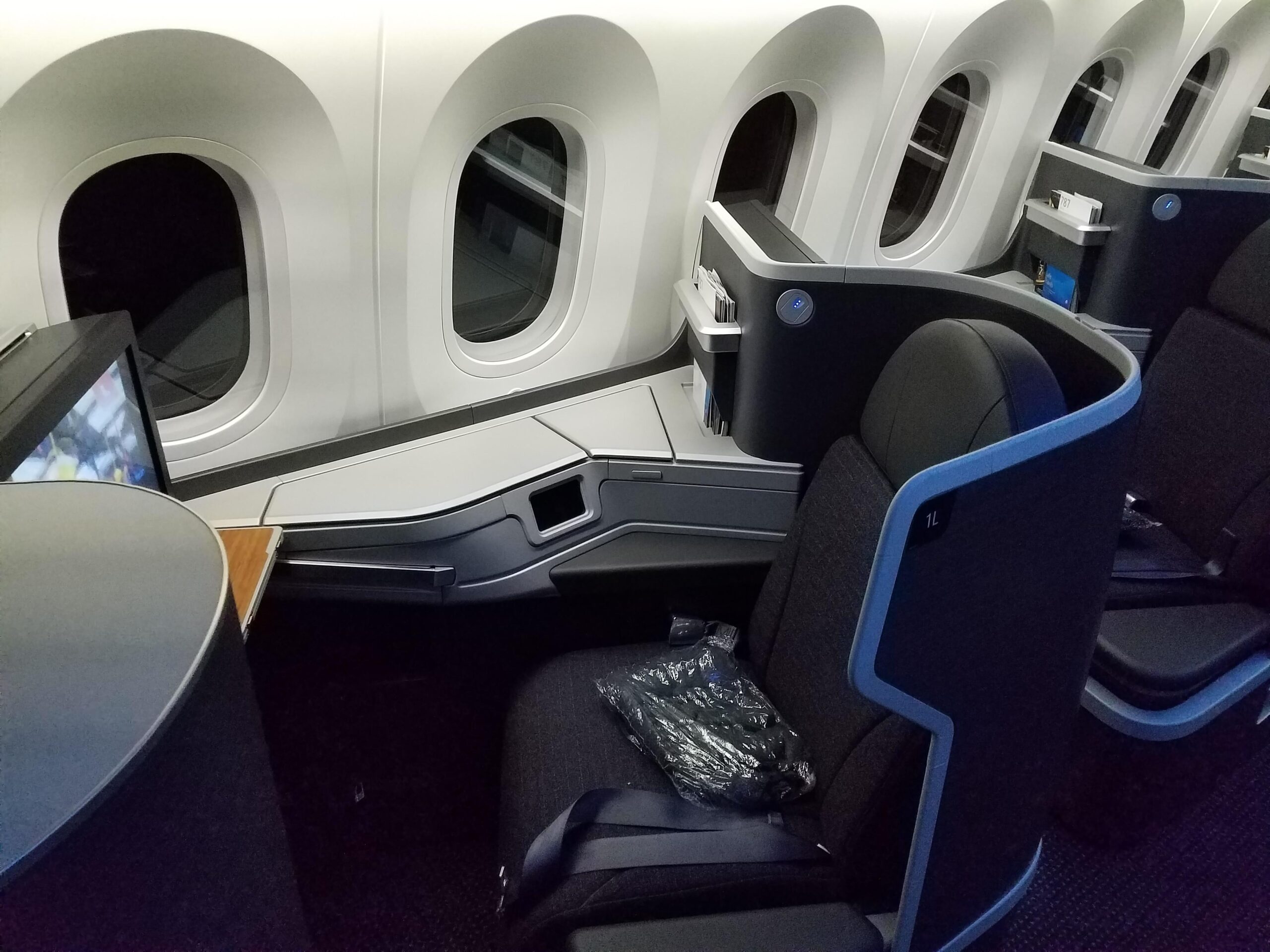The Science of Commercial Air Conditioning Installation in Litchfield, AZ: A Technical Deep Dive
Discover the science behind commercial air conditioning installation in Litchfield, AZ. Explore microclimate challenges

Microclimate Considerations for Litchfield AC Systems
Litchfield Park's unique geographical position creates distinct HVAC challenges that demand specialized solutions for air conditioning installs in Litchfield, AZ:
-
Thermal Mass Effect:
-
The concrete structures in Litchfield's commercial districts retain heat 27% longer than surrounding areas
-
Requires systems with 15-20% greater capacity than standard calculations suggest
-
Agricultural Adjacency Impact:
-
Proximity to farmland increases particulate matter (PM2.5) by 40% during growing seasons
-
Necessitates MERV 13+ filtration for commercial systems
-
Elevation Variations:
-
The 935-1,100 foot elevation range across Litchfield affects refrigerant flow rates
-
Systems require precise charge adjustments (+0.5-1.5 lbs per 100 feet of elevation change)
Advanced Load Calculation Methods for Litchfield Installations
Proper commercial air conditioning installation Litchfield AZ requires beyond-standard calculations:
-
Modified Manual J Factors:
-
Solar gain multipliers increased by 1.3x for west exposures
-
Infiltration rates adjusted +15% for dust penetration
-
Thermal Imaging Analysis:
-
Pre-installation scans identify hidden heat gain sources
-
Post-installation verification ensures proper performance
-
Computational Fluid Dynamics:
-
Advanced modeling for large spaces (>5,000 sq ft)
-
Optimizes airflow patterns for Litchfield's dry convection currents
Material Science Considerations
The harsh Litchfield environment demands specialized materials for air conditioning installs in Litchfield AZ:
-
Coil Coatings:
-
Hydrophilic coatings reduce dust adhesion by 60%
-
Nanoceramic treatments improve heat transfer by 12%
-
Electrical Components:
-
UV-resistant wiring insulation
-
Hermetically sealed contactors
-
Structural Components:
-
Galvanized steel brackets (vs standard powder-coated)
-
Vibration-isolated compressor mounts
Emerging Technologies for Litchfield Applications
-
Phase-Change Materials:
-
Salt hydrate thermal storage buffers peak loads
-
Reduces compressor runtime by 18-22%
-
Dew Point Evaporative Cooling:
-
Hybrid systems leverage our low nighttime humidity
-
Cuts energy use by 30% in shoulder seasons
-
Magnetocaloric Cooling:
-
Pilot programs showing promise for food storage facilities
-
Eliminates refrigerant entirely
Maintenance Protocols for Litchfield Systems
-
Quarterly Service Requirements:
-
Condenser coil washing with demineralized water
-
Refrigerant superheat/subcooling verification
-
Annual Procedures:
-
Duct pressure testing (+15% tighter than Phoenix standards)
-
Compressor oil analysis for wear metals
-
Biannual Special Services:
-
Thermal imaging of electrical components
-
Vibration analysis for early fault detection
Energy Efficiency Benchmarks
Performance metrics for commercial air conditioning installation in Litchfield, AZ should exceed:
-
Minimum SEER Ratings:
-
18 SEER for <10 ton systems
-
16 SEER for >10 ton systems
-
IPLV Requirements:
-
Minimum 12.5 for variable speed systems
-
Verified through field measurements
-
Airflow Efficiency:
-
≤0.8 in. w.g. external static pressure
-
≥400 cfm/ton airflow rates
Regulatory Compliance Factors
-
Litchfield-Specific Codes:
-
Noise ordinance limits (55 dBA at property line)
-
Water runoff management requirements
-
Refrigerant Management:
-
Stricter leak detection protocols than state minimums
-
Mandatory recovery efficiency verification
-
Electrical Requirements:
-
Dedicated circuits for >5 ton systems
-
Surge protection specifications
This technical overview demonstrates why air conditioning installs in Litchfield, AZ require specialized knowledge beyond standard HVAC practices. The intersection of environmental factors, advanced technologies, and local regulations creates unique challenges that demand expert solutions.

















































































